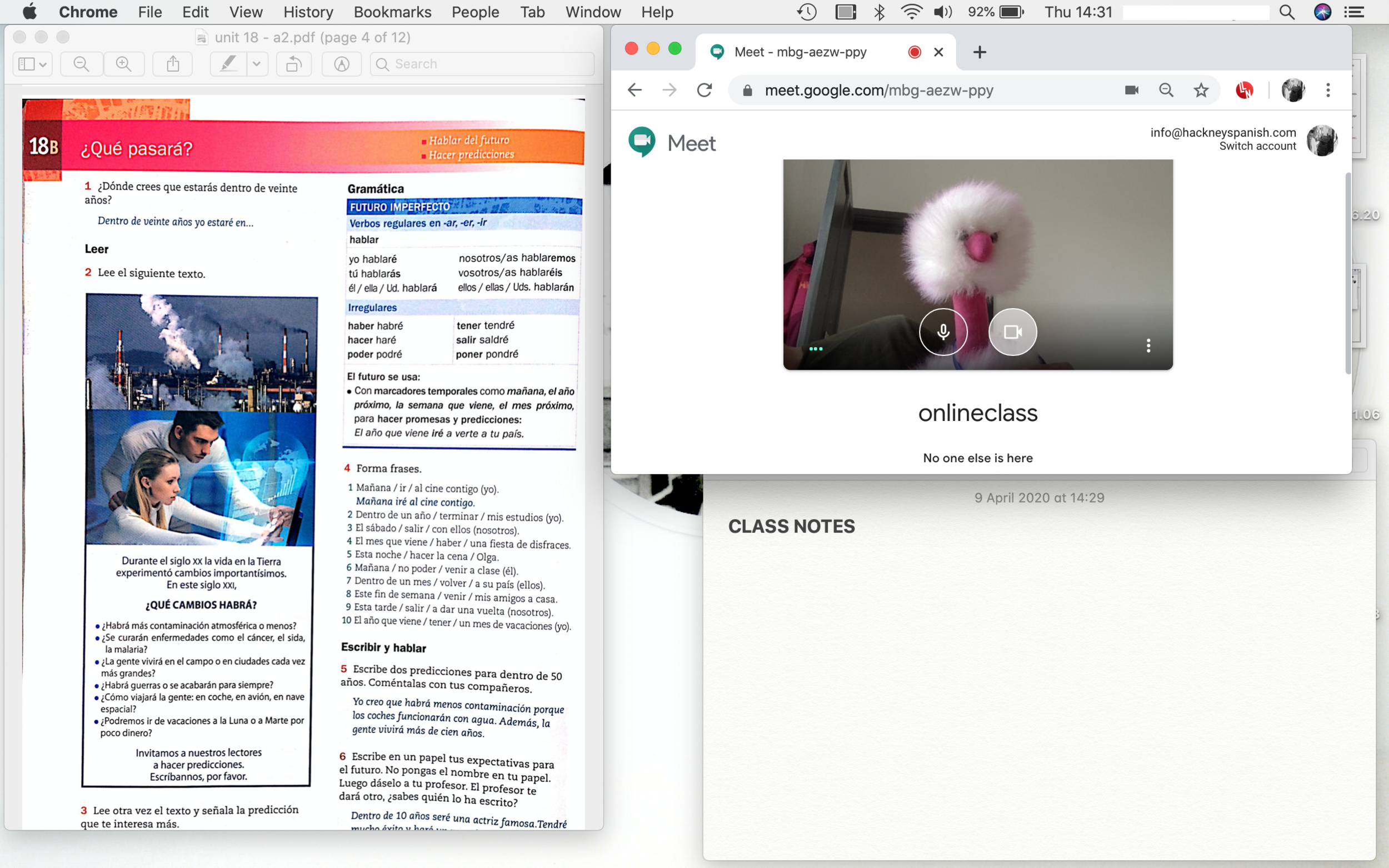Many people who study foreign languages describe a common stage in their learning: the so-called intermediate plateau. This phenomenon usually happens between levels B1 and B2 of the Common European Framework. At the beginning, when one starts from zero, progress is very visible: in just a few weeks you can greet, introduce yourself, talk about family, order in a restaurant. Motivation grows because results appear quickly. However, once you move towards an intermediate level, everything seems to slow down and the effort no longer produces such obvious improvements. That sense of stagnation can discourage many students.
Why does this stagnation happen?
There are several reasons. One of them is the very nature of language learning. Moving from A1 to A2 requires acquiring a limited set of structures and basic vocabulary, all of which are used in very concrete situations. By contrast, the jump from B1 to B2 requires mastering a much wider grammar: several different past tenses, contrasts between verb forms, the use of the subjunctive in varied contexts, real and unreal conditional sentences, reported speech, advanced verbal periphrases, combined pronouns, and much more. The number of elements is much larger, and many hours of practice are needed before everything sounds natural.
Another reason is that, at the intermediate stage, mistakes do not always block communication. You can make yourself understood even with imperfect sentences (for example using the present tense only), which means there is less urgency to correct yourself. In addition, the vocabulary you already know allows you to speak about many topics, but lexical gaps appear as soon as you enter more specific areas. All this contributes to the feeling of moving slowly.
Strategies to move beyond the plateau
The first recommendation is to accept that the intermediate plateau is a normal and necessary phase. It doesn’t mean there is no progress, only that progress is less visible and requires more patience. The important thing is to remain consistent over time.
One effective strategy is to increase exposure to the language outside the classroom. It isn’t enough to study grammar or do written exercises: you have to “be in the language” in everyday life. This might mean watching series in the original version, listening to podcasts on topics that interest you, or putting the radio on in the background while you cook or clean. Even without paying full attention, the brain is picking up structures, intonation, and expressions. At Hackney Spanish we call this “unconscious acquisition,” because it happens without deliberate effort, much like when a child listens to adults speaking.
It is also essential to vary activities. One day you might read a news article, another day write a short diary, another hold a conversation with a classmate or a native speaker in a language exchange. The goal is to recycle the structures you have learned in different contexts. This way, grammar stops being an abstract topic and becomes a tool for real communication.
The Hackney Spanish Method
At Hackney Spanish we are aware of this plateau and design our courses with the goal of helping students overcome it. Our method is based on three main ideas.
First: we work on grammar systematically from level A1.1 up to A2.2. This means students reach B1 with a solid foundation in basic verb tenses, the most common periphrases, object pronouns, and essential constructions such as the use of ser and estar or por and para. Thanks to this preparation, when they face more complex intermediate structures, they can integrate them more easily.
Second: from B1 (intermediate) level onwards, we offer rolling courses. These are courses that repeat in alternating versions from one term to the next. This ensures that students joining at different times, or repeating the level, can continue progressing while also reviewing what they have learned without becoming bored. Recycling is constant, which is key for consolidating structures.
Third: we place great importance on oral practice and conversation. In our classes, it is not just about filling in blanks in a book, but about using the language in debates, role plays, and natural conversations. We know fluency only comes when you dare to speak, make mistakes, correct them, and try again. That is why we create an environment where you can practice without fear.
Being in the Language
Finally, we want to stress the idea of “being in the language.” Learning Spanish is not only about studying rules, but also about living experiences with the language. When a student watches a series like La Casa de papel or listens to a podcast about Latin or Spanish music, they are reinforcing their language competence even if they do not notice it immediately. Each time they hear a pretérito perfecto in a song or a subjunctive in an interview, their ear gets a little more accustomed. That regular contact, conscious or unconscious, is what makes the difference in the medium term.
The intermediate plateau is not a wall but a plateau that prepares the way towards higher levels. With patience, with strategies for continuous exposure, and with a teaching method that combines structure and practice, it is possible to move forward and discover that language learning never stops offering new challenges and satisfactions.


